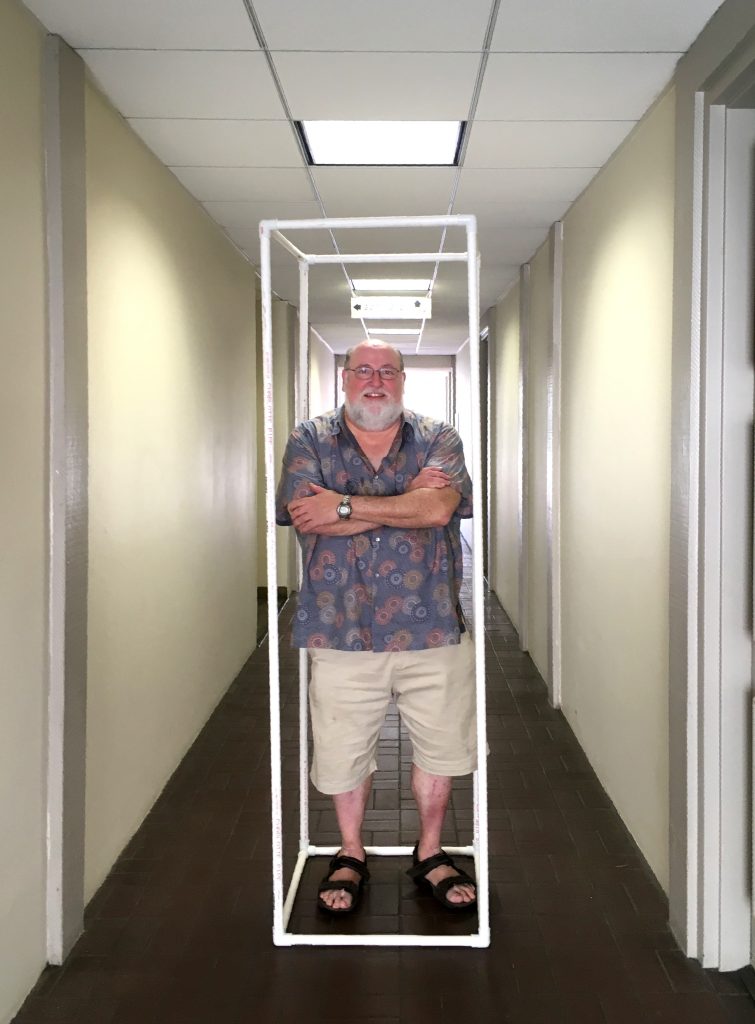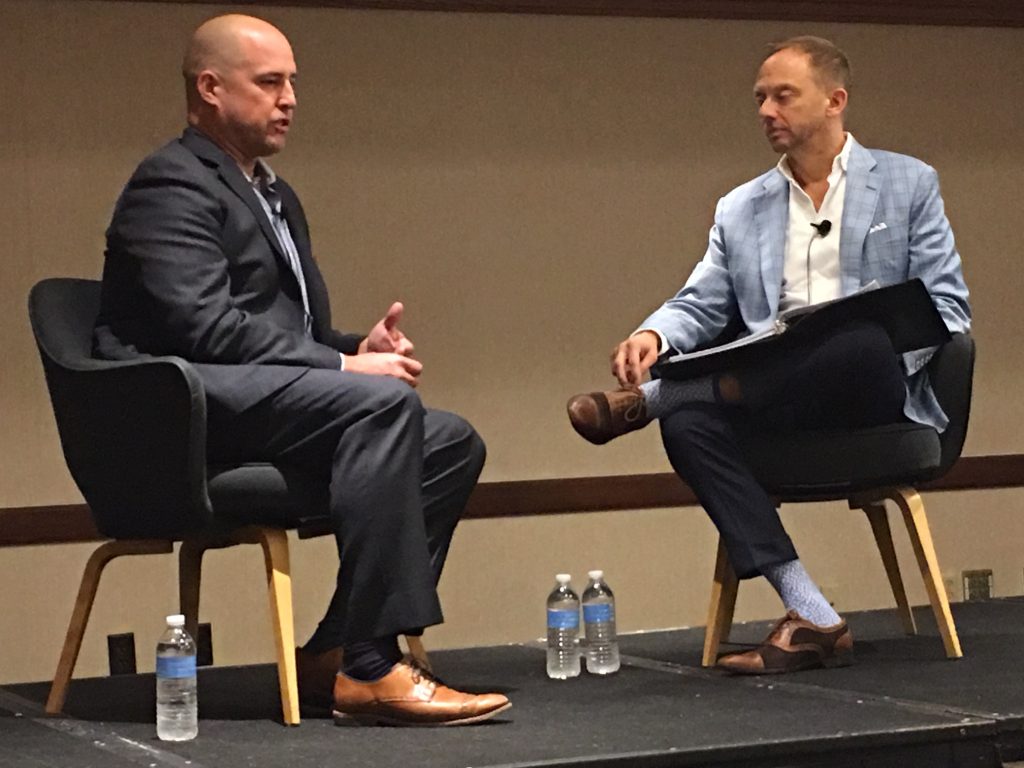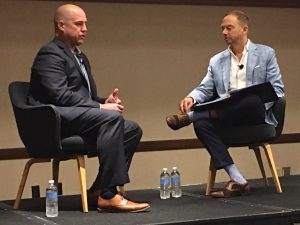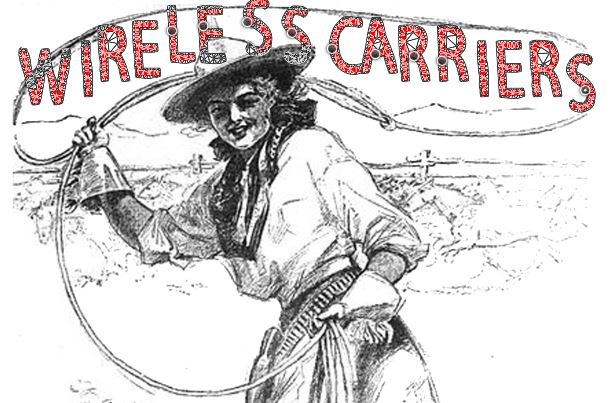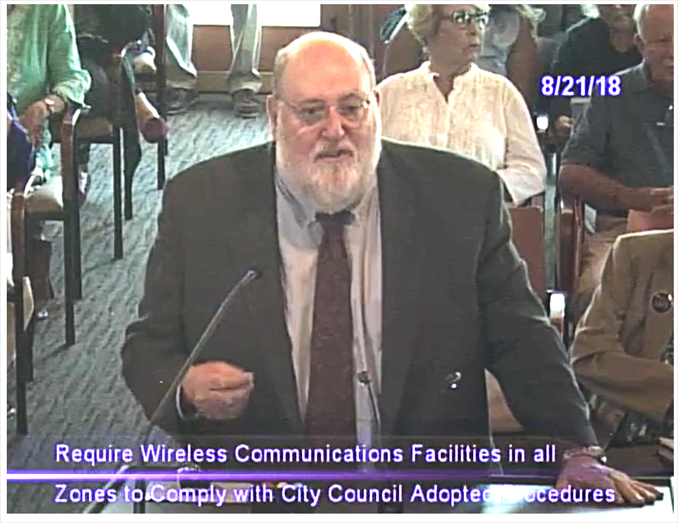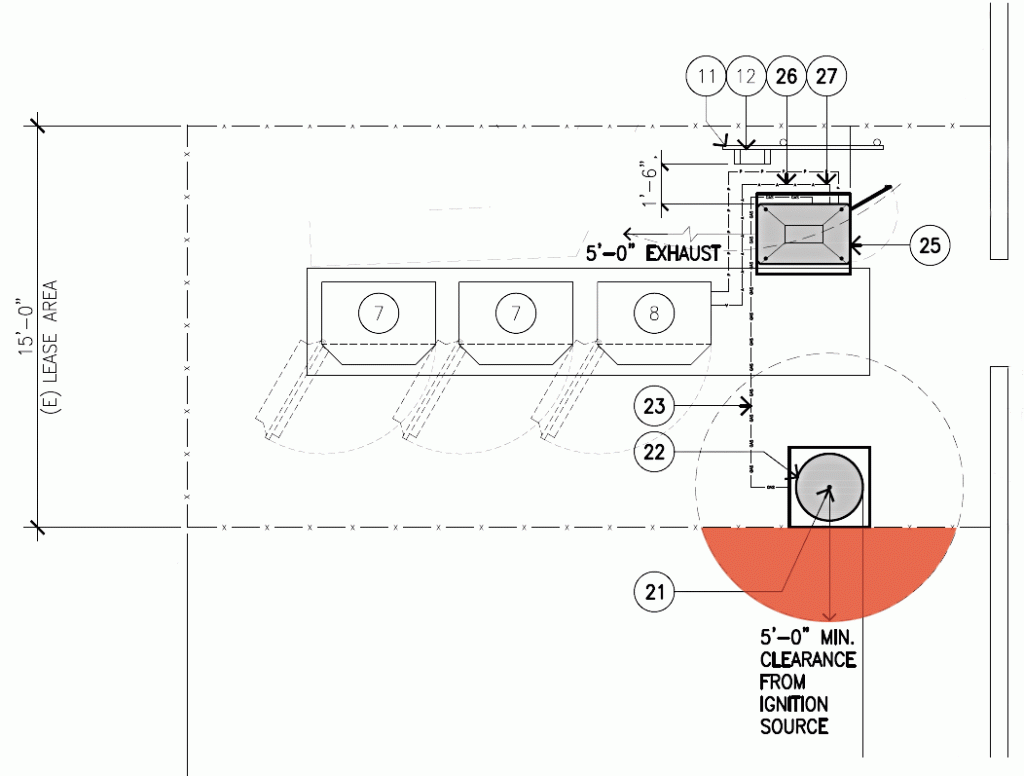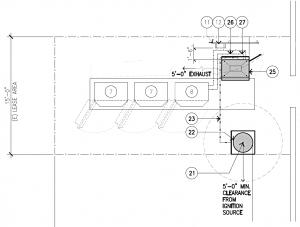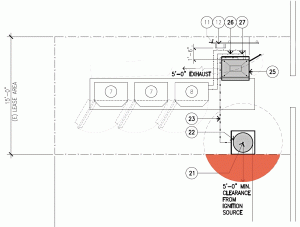Back in October I had a few (or more) rather critical words to say about a Mobilitie presentation at AGL/Kansas City. Here’s a link to the post: Mobilitie: Fake News; FCC Fines; and Churchill’s Barking Dog. My aim in that post was clearly on Mr. Jason Caliento, the Executive Vice President of Network Strategy at Mobilitie.
Last week I had the pleasure of attending the AGL/Newport Beach conference, where Mr. Caliento spoke once again.
Things last week were a bit different. Mr. Caliento’s comments were focused on the progress made by Mobilitie, and a renewed commitment to working with local governments.
I found Mr. Caliento’s comments at AGL/Newport Beach this time to be more subdued, heartfelt, and informative. More importantly, since October, I’ve seen a continuing positive change and improvement in how Mobilitie staff is addressing planning cases with our clients. That change and improvement are welcome, and I’m pleased to acknowledge it. I intended to say those things to Mr. Caliento directly during the Q&A portion of his presentation, but time ran out.
Here’s the first announcement: I’m going to be starting a wireless regulation podcast in coming month. That podcast will be a mix of information and interviews of industry and government wireless policy and thought leaders. The goal of the podcast is to inform without stooping to a ‘gotcha’ approach. For that reason, I’ll be providing guest with questions and subjects in advance to give the quest time to think about and then provide complete and thoughtful answers. Of course, follow-up questions come as they may.
There’s no name for the podcast yet, so if you have any ideas you’re willing to give to me without strings please send them on to me. In the meantime, I’ll simply refer to the podcast as “Bob.” That’s the name I tend to use for all new projects that have yet to settle on a final identification.
Here’s the second announcement, and I’m particularly pleased about this: Mr. Caliento has agreed to be my first guest on the initial podcast.
I’ll be posting Bob updates here as we get closer to the initial podcast. The podcast will immediately be available here, and eventually on one or more of the well-known podcast platforms.
Jonathan
PS: If you’ve got some ideas for people I should interview on Bob, please send them along to me. -jlk
